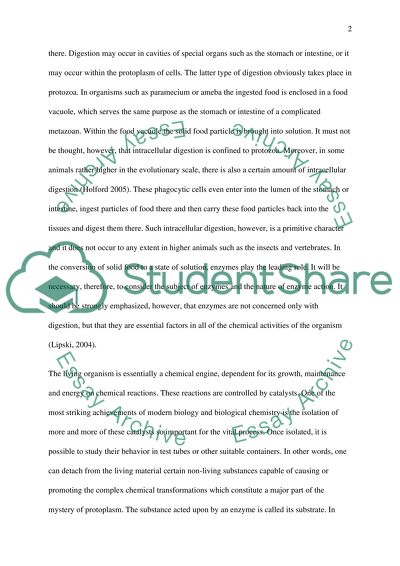Cite this document
(Optimum Nutrition And Digestive Wellness Case Study, n.d.)
Optimum Nutrition And Digestive Wellness Case Study. Retrieved from https://studentshare.org/health-sciences-medicine/1518597-nutrition-essay
Optimum Nutrition And Digestive Wellness Case Study. Retrieved from https://studentshare.org/health-sciences-medicine/1518597-nutrition-essay
(Optimum Nutrition And Digestive Wellness Case Study)
Optimum Nutrition And Digestive Wellness Case Study. https://studentshare.org/health-sciences-medicine/1518597-nutrition-essay.
Optimum Nutrition And Digestive Wellness Case Study. https://studentshare.org/health-sciences-medicine/1518597-nutrition-essay.
“Optimum Nutrition And Digestive Wellness Case Study”, n.d. https://studentshare.org/health-sciences-medicine/1518597-nutrition-essay.


